Shrines and Temples of Nikko
A complex of ornate and colorful religious buildings in a lovely forest setting.

A complex of ornate and colorful religious buildings in a lovely forest setting.

A UNESCO site for its symbolism and the hope it represents.
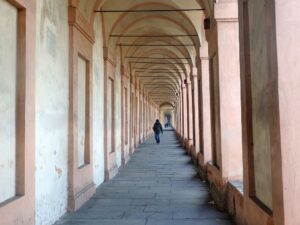
An architectural element that, over centuries, has become an integral part of life in Bologna and around the world.
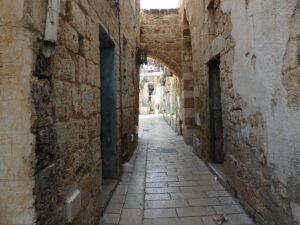
An ancient walled city where Ottoman structures were built on top of a Crusader-era fortress.
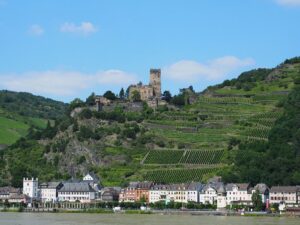
A beautiful portion of the Rhine River with centuries of history evident in its vineyards, castles and villages.

An intact and complete medieval monastery that demonstrates the transition from Romanesque to Gothic architecture.
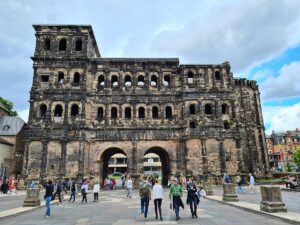
A collection of Roman ruins showing the importance of the “Rome of the North” in Germany.
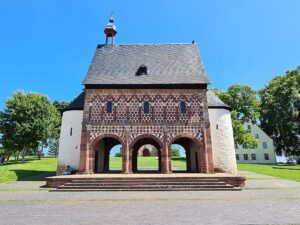
A rare example of architecture from the Carolingian period.
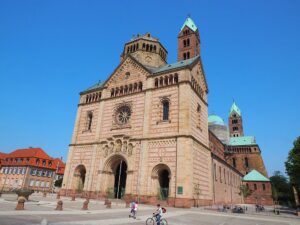
A landmark of Romanesque architecture dating to the 11th century.
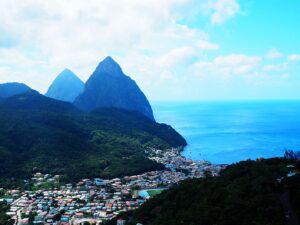
A nature reserve containing two picturesque volcanic spires along with the remains of the volcano that formed them.
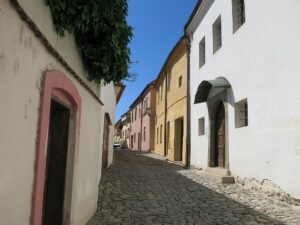
A historical Jewish neighborhood and a Catholic Basilica illustrate how Jews and Christians co-existed peacefully.
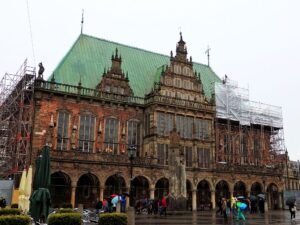
Testimony to civic autonomy and market freedoms of a Hanseatic League city.
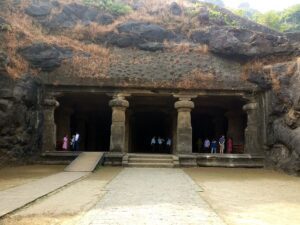
Caves devoted to the Hindu deity Shiva, containing art dating to the 5th and 6th centuries.
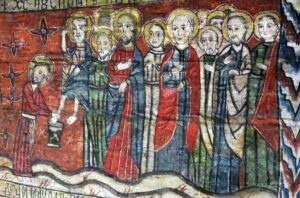
Elegant timber-built church architecture, filled with bright vernacular religious imagery.
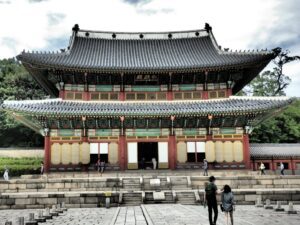
An exceptional example of Korean palace architecture and design in harmony with the surrounding landscape.
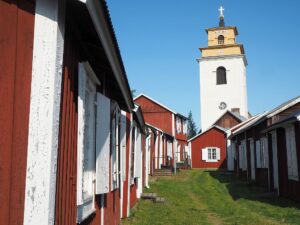
A perfectly-preserved example of a phenomenon unique to rural Sweden: a town shaped by religious and social necessity.
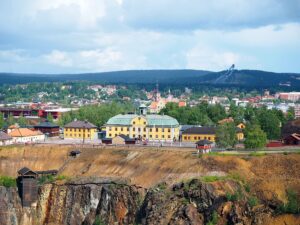
Remains of a copper mining area that influenced the mining industry worldwide.
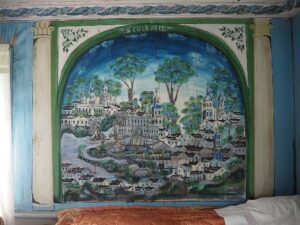
Fancifully decorated farmhouses built for special occasions by prosperous farmers.
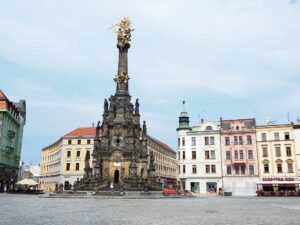
The tallest memorial column in Czechia, a masterpiece of Moravian Baroque.
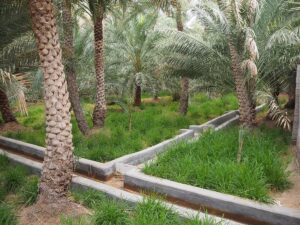
Evidence of a prehistoric transition from nomadic to sedentary societies around oases.
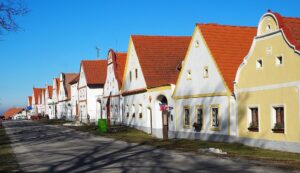
A complete and well-preserved village in the South Bohemian Folk Baroque style.
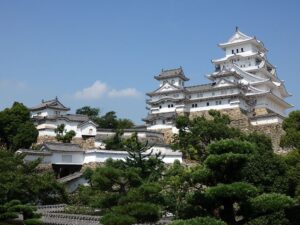
A magnificent bright white castle dating to the 17th century.

An intact medieval town center and two fine late-Gothic churches.
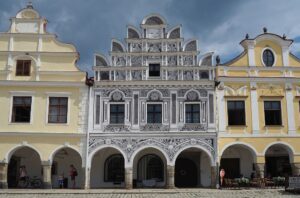
A stunningly beautiful central plaza lined with charming pastel houses.
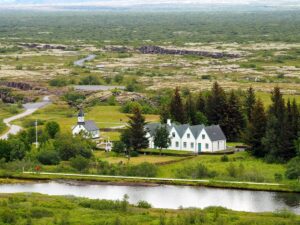
Historically important to the nation of Iceland, geologically dramatic as well.

An island with no people, where scientists can learn about how species colonize new land.
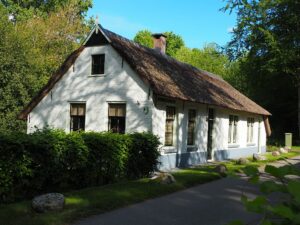
A utopian experiment in reducing urban poverty by building planned agrarian communities.
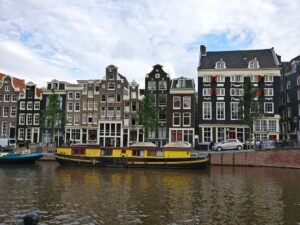
Canals lined with beautiful old patricians’ houses and former warehouses from when the city was a busy port, receiving products from all over the world.
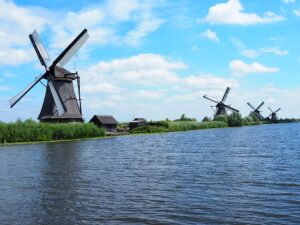
Famous for its picturesque rows of windmills dating to the mid-1700s, and a great example of how the Dutch created the landscape of the Netherlands.